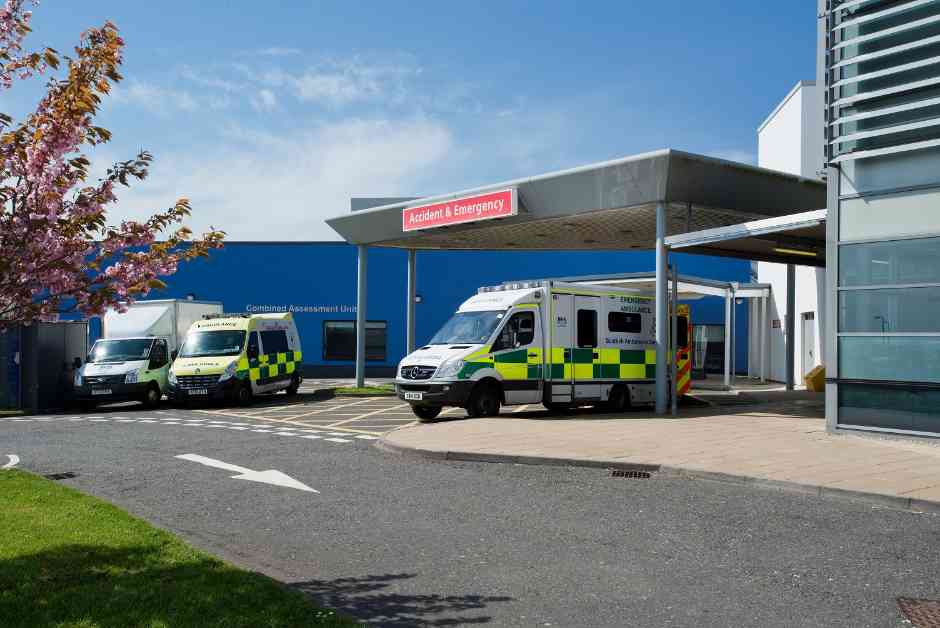Scotland’s A&E departments are facing an alarming rise in waiting times, reaching their highest levels since April, according to new figures released by Public Health Scotland. The statistics reveal that only 62.7% of patients were seen within four hours in the week ending October 6, a significant drop from the previous week’s 65.3% and the lowest percentage since April 7.
The Scottish Government has set a target of ensuring that 95% of A&E attendances are seen within four hours, a goal that is currently falling short. The data also shows that 1,649 people waited longer than 12 hours in A&E during that week, a notable increase from the previous week’s 1,271 individuals. Additionally, 3,536 patients waited for more than eight hours, compared to 3,079 in the previous week.
A spokesperson for the Scottish Government acknowledged the challenges faced by A&E services, emphasizing that although Scotland has some of the best-performing core A&E departments in the UK, there is still room for improvement. The spokesperson highlighted the pressures faced by healthcare services across the UK and outlined measures being taken to address long waiting times, including increased NHS 24 call handlers and a focus on effective discharge planning to alleviate delayed discharge in hospitals.
Scottish Labour’s deputy leader, Jackie Baillie, criticized the government for its perceived complacency in addressing the crisis in A&E departments. She emphasized the urgent need for action to support NHS staff and alleviate the strain on hospitals, warning of a potential catastrophe if the issues are not addressed promptly.
Dr. Sandesh Gulhane, the Scottish Tory health spokesman, expressed grave concern over the deteriorating A&E waiting times, labeling the figures as “atrocious” and warning of the risk of the NHS collapsing this winter. He criticized the SNP’s workforce planning and called for immediate action to prevent a healthcare crisis.
As winter approaches, concerns are mounting that A&E services will face even greater challenges, with the Royal College of Emergency Medicine predicting a potentially worse situation than the previous year. The need for swift and effective measures to improve A&E waiting times and support healthcare staff has never been more critical.
































